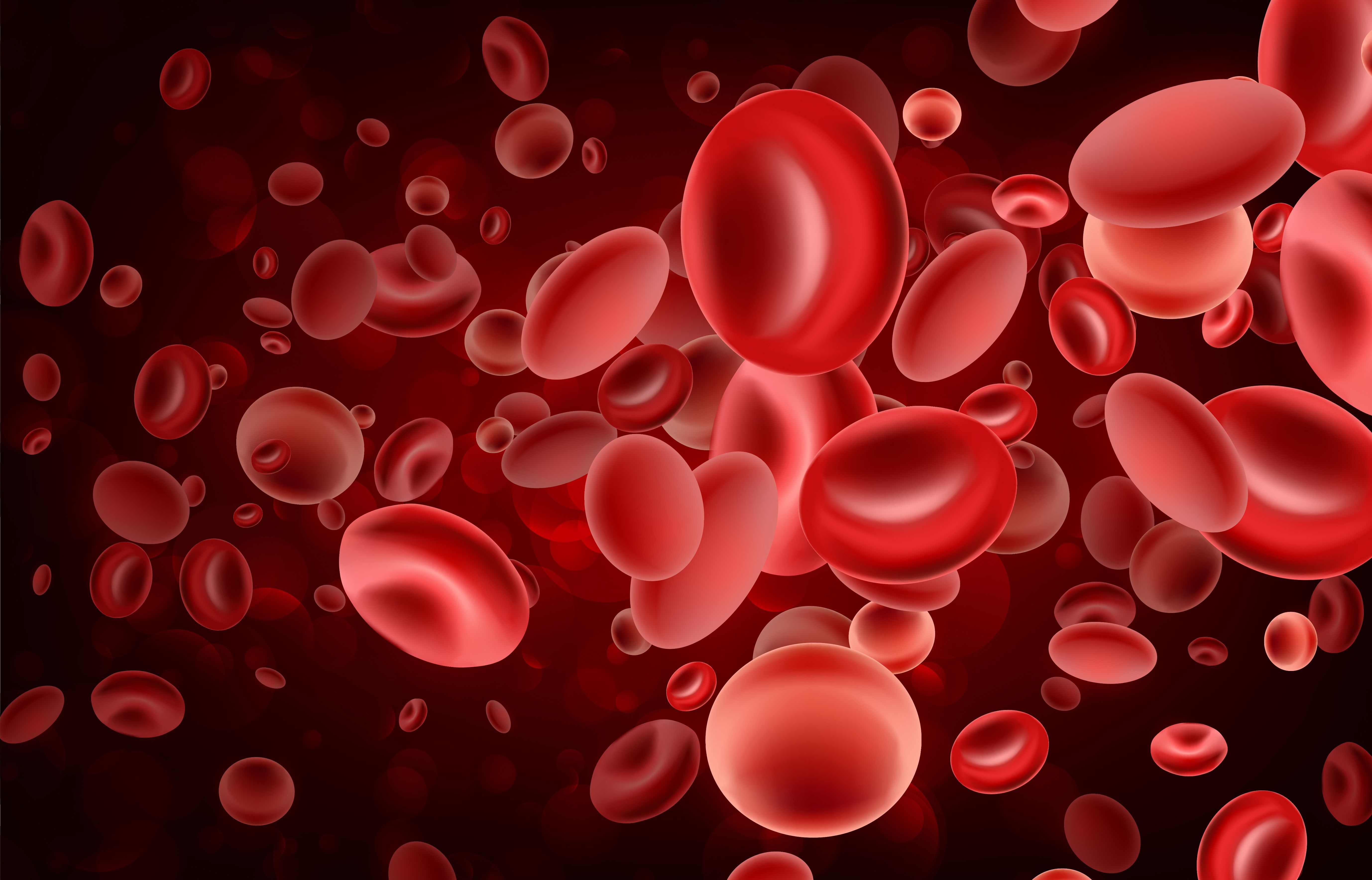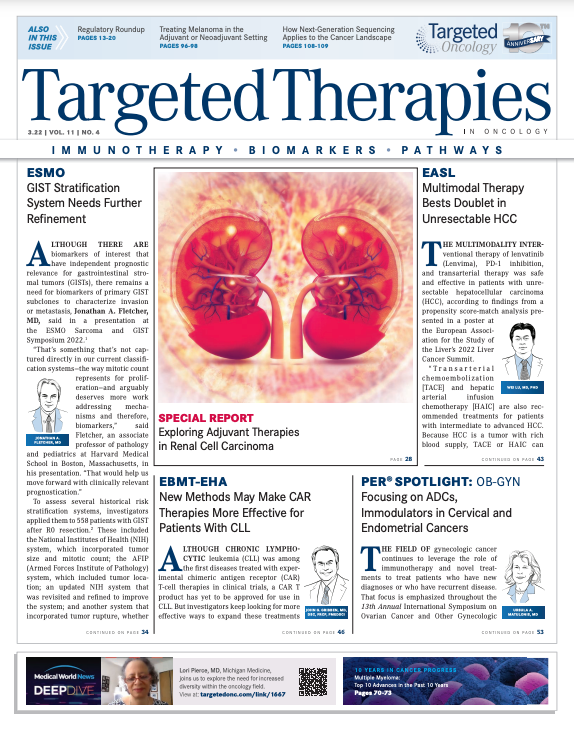CARCIK-CD19 Protocol Provides Lymphodepleted Patients Access to CAR T-cell Treatment in B-ALL
Chimeric antigen receptor T cells manufactured using the Sleeping Beauty transposon in donor-derived cells and differentiated toward the cytokine-induced killer cell protocol induce a sustained response with minimal toxicities in patients with B-cell acute lymphoblastic leukemia.

Chimeric antigen receptor (CAR) T cells manufactured using the Sleeping Beauty transposon in donor-derived cells that were differentiated toward the cytokine-induced killer (CIK) cell protocol (CARCIK-CD19) induced a sustained response with minimal toxicities in patients with B-cell acute lymphoblastic leukemia (B-ALL). Findings from the phase 1/2a study (NCT03389035) were presented at the 4th European CAR T-Cell Meeting organized by the European Bone Marrow Transplant and European Hematology Association.
Thirty-two patients who relapsed after hematopoietic stem cell transplant (HSCT) were screened from January 2018 to September 2021. Investigators enrolled 26 (6 children and 20 adults) patients in the trial and infused 21 (4 children and 17 adults). Of the 21 patients who were infused, CARCIK-CD19 were obtained by HLA-identical sibling (n = 6; 29%), matched unrelated (n = 7; 33%), and haploidentical donors (n = 8; 38%).
Three patients (14%) received the first dose level of 1 106 CARCIK-CD19 cells/kg, 3 (14%) received the second dose at 3 106, and 3 (14%) patients received the third dose of 7.5 106. Twelve patients (57%) received the fourth and last planned dose of 15 106 cells/kg. No dose-limiting toxicities were observed.
The primary objective of the study was to define the maximum tolerated dose and to determine safety and feasibility. Secondary objectives were to assess the complete response rate, CARCIK-CD19 kinetics, and antitumor activity.
In the study, anti-leukemic activity was observed in heavily pretreated patients with advanced-stage disease. The median age among the infused patients was 36 years (range, 1-62) and the majority (52%) were female. At baseline, the Karnofsky performance status was 90 to 100 for 61% of patients and 60 to 80 for 38%. The median number of prior therapies was 4 (range, 1-7), with 33% of patients treated with prior inotuzumab ozogamicin (Besponsa) and 33% treated with prior blinatumomab (Blincyto).
At enrollment, investigators reported that the percentage of blasts in the bone marrow was 60% (median, 5%-100%). Post lymphodepletion (n = 20), the bone marrow blast rate was 11% (median, 0%-95%).
“Eleven out of 15 patients [73%] who received the highest doses achieved a complete response at day 28,” lead author Chiara F. Magnani, PhD, Department of Pediatrics, Tettamanti Research Center, University of Milano-Bicocca, Monza, Italy, said during a presentation of the data. “Donor type did not influence the achievement of a complete response 28 days post infusion,” Magnani added.
At a median follow-up of 2.05 years, investigators reported that the 6-month overall survival (OS) rate was 73% and the OS rate at 1 year was 48% in patients treated with the highest dose of the CAR T-cell therapy. Further, 8 of 11 patients were minimal residual disease (MRD) negative. For patients treated with the low dose, the OS was 16% at 1 year.
Among patients who achieved a complete response, 2 children underwent a second allogeneic HSCT, whereas adult patients received no further anti-leukemic treatment. Expansion of CARCIK-CD19 cells was achieved in most patients, with those cells measurable for up to 22 months.
Magnani reported an acceptable safety profile with the protocol with 4 patients receiving tocilizumab (Actemra). Cytokine release syndrome (CRS) was observed in 6 patients; 3 patients (14%) had grade 1 and 3 patients (14%) had grade 2 severity. There were no CRS events greater than grade 3. Two patients experienced grade 3 immune effector cell-associated neurotoxicity syndrome (ICANS). Although 9 of 21 patients had experienced acute or chronic graft-vs-host disease (GVHD) after the initial HSCT, secondary GVHD was not observed in patients who received CARCIK-CD19. Magnani noted that 8 of 16 patients experienced persistent cytopenia at month 3.
Magnani noted that a phase 2 study in relapsed/refractory B-ALL in patients with greater than 1% MRD was launched in October 2021. This study is evaluating the possibility of a second infusion with the CARCIK-CD19 protocol.
REFERENCE:
Magnani CF, Gaipa G, Lussana F, et al. Sleeping beauty-engineered CARCIK-CD19 in B-ALL patients. Presented at: 4th European CAR T-Cell Meeting; February 10-12, 2022; virtual. Accessed February 10, 2022. https://bit.ly/3HY3vRz
